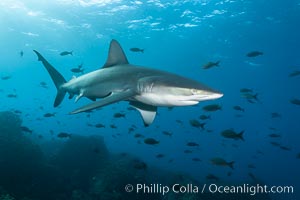
Galapagos shark swims over a reef in the Galapagos Islands, with schooling fish in the distance.
Species: Galapagos shark, Carcharhinus galapagensis
Location: Wolf Island, Galapagos Islands, Ecuador
Image ID: 16240
Species: Galapagos shark, Carcharhinus galapagensis
Location: Wolf Island, Galapagos Islands, Ecuador
Image ID: 16240
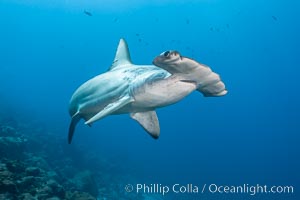
Scalloped hammerhead shark swims over a reef in the Galapagos Islands. The hammerheads eyes and other sensor organs are placed far apart on its wide head to give the shark greater ability to sense the location of prey.
Species: Scalloped hammerhead shark, Sphyrna lewini
Location: Wolf Island, Galapagos Islands, Ecuador
Image ID: 16246
Species: Scalloped hammerhead shark, Sphyrna lewini
Location: Wolf Island, Galapagos Islands, Ecuador
Image ID: 16246
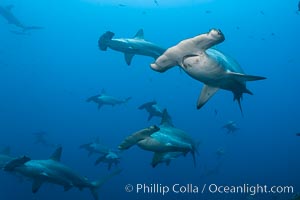
Hammerhead sharks swim in a school underwater at Wolf Island in the Galapagos archipelago. The hammerheads eyes and other sensor organs are placed far apart on its wide head to give the shark greater ability to sense the location of prey.
Species: Scalloped hammerhead shark, Sphyrna lewini
Location: Wolf Island, Galapagos Islands, Ecuador
Image ID: 16271
Species: Scalloped hammerhead shark, Sphyrna lewini
Location: Wolf Island, Galapagos Islands, Ecuador
Image ID: 16271
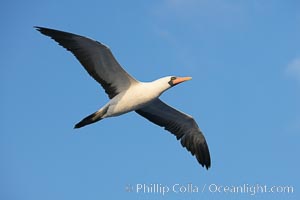
Nazca booby in flight.
Species: Nazca booby, Sula granti
Location: Wolf Island, Galapagos Islands, Ecuador
Image ID: 16681
Species: Nazca booby, Sula granti
Location: Wolf Island, Galapagos Islands, Ecuador
Image ID: 16681
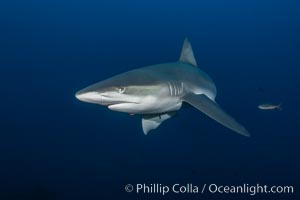
Galapagos shark.
Species: Galapagos shark, Carcharhinus galapagensis
Location: Wolf Island, Galapagos Islands, Ecuador
Image ID: 16239
Species: Galapagos shark, Carcharhinus galapagensis
Location: Wolf Island, Galapagos Islands, Ecuador
Image ID: 16239
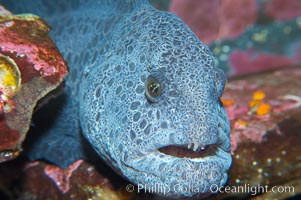
Wolf eel, although similar in shape to eels, is cartilaginous and not a true fish. Its powerful jaws can crush invertibrates, such as spiny sea urchins. It can grow to 6 feet (2m) in length.
Species: Wolf eel, Anarrhichthys ocellatus
Image ID: 13702
Species: Wolf eel, Anarrhichthys ocellatus
Image ID: 13702
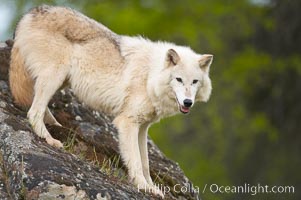
Gray wolf, Sierra Nevada foothills, Mariposa, California.
Species: Gray wolf, Canis lupus
Image ID: 16024
Species: Gray wolf, Canis lupus
Image ID: 16024

Gray wolf, Sierra Nevada foothills, Mariposa, California.
Species: Gray wolf, Canis lupus
Image ID: 16042
Species: Gray wolf, Canis lupus
Image ID: 16042
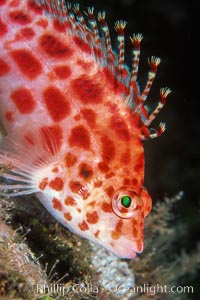
Coral hawkfish.
Species: Coral hawkfish, Cirrhitichthys oxycephalus
Location: Wolf Island, Galapagos Islands, Ecuador
Image ID: 02432
Species: Coral hawkfish, Cirrhitichthys oxycephalus
Location: Wolf Island, Galapagos Islands, Ecuador
Image ID: 02432
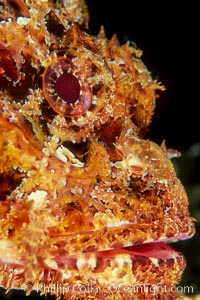
Stone scorpionfish.
Species: Pacific spotted scorpionfish, Scorpaena mystes
Location: Wolf Island, Galapagos Islands, Ecuador
Image ID: 02568
Species: Pacific spotted scorpionfish, Scorpaena mystes
Location: Wolf Island, Galapagos Islands, Ecuador
Image ID: 02568
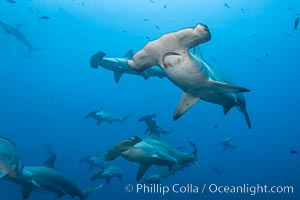
Hammerhead sharks, schooling.
Species: Scalloped hammerhead shark, Sphyrna lewini
Location: Wolf Island, Galapagos Islands, Ecuador
Image ID: 16257
Species: Scalloped hammerhead shark, Sphyrna lewini
Location: Wolf Island, Galapagos Islands, Ecuador
Image ID: 16257
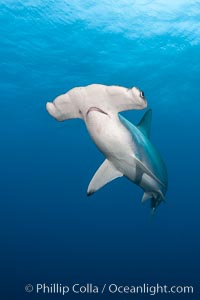
Scalloped hammerhead shark.
Species: Scalloped hammerhead shark, Sphyrna lewini
Location: Wolf Island, Galapagos Islands, Ecuador
Image ID: 16250
Species: Scalloped hammerhead shark, Sphyrna lewini
Location: Wolf Island, Galapagos Islands, Ecuador
Image ID: 16250
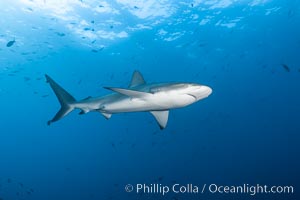
Galapagos shark.
Species: Galapagos shark, Carcharhinus galapagensis
Location: Wolf Island, Galapagos Islands, Ecuador
Image ID: 16241
Species: Galapagos shark, Carcharhinus galapagensis
Location: Wolf Island, Galapagos Islands, Ecuador
Image ID: 16241
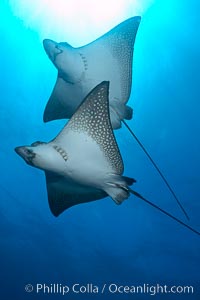
Spotted eagle rays.
Species: Spotted eagle ray, Aetobatus narinari
Location: Wolf Island, Galapagos Islands, Ecuador
Image ID: 16333
Species: Spotted eagle ray, Aetobatus narinari
Location: Wolf Island, Galapagos Islands, Ecuador
Image ID: 16333
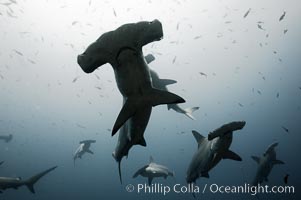
Hammerhead sharks, schooling, black and white / grainy.
Species: Scalloped hammerhead shark, Sphyrna lewini
Location: Wolf Island, Galapagos Islands, Ecuador
Image ID: 16272
Species: Scalloped hammerhead shark, Sphyrna lewini
Location: Wolf Island, Galapagos Islands, Ecuador
Image ID: 16272
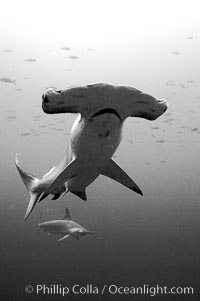
Scalloped hammerhead shark, black and white / grainy.
Species: Scalloped hammerhead shark, Sphyrna lewini
Location: Wolf Island, Galapagos Islands, Ecuador
Image ID: 16279
Species: Scalloped hammerhead shark, Sphyrna lewini
Location: Wolf Island, Galapagos Islands, Ecuador
Image ID: 16279
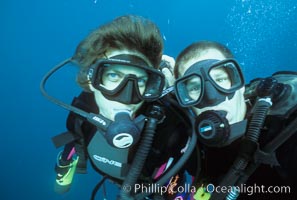
Phillip Colla and Tracy Colla, diving at Wolf Island in the Galapagos.
Location: Galapagos Islands, Ecuador
Image ID: 03469
Location: Galapagos Islands, Ecuador
Image ID: 03469

Nazca booby.
Species: Nazca booby, Sula granti
Location: Wolf Island, Galapagos Islands, Ecuador
Image ID: 16530
Species: Nazca booby, Sula granti
Location: Wolf Island, Galapagos Islands, Ecuador
Image ID: 16530
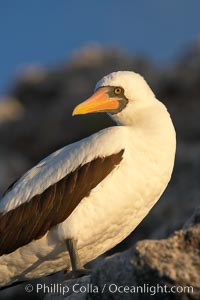
Nazca booby.
Species: Nazca booby, Sula granti
Location: Wolf Island, Galapagos Islands, Ecuador
Image ID: 16531
Species: Nazca booby, Sula granti
Location: Wolf Island, Galapagos Islands, Ecuador
Image ID: 16531
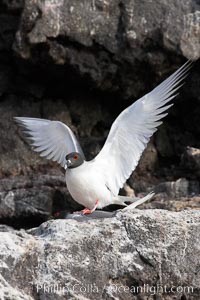
Swallow-tailed gull, mating, male on top, female just visible below.
Species: Swallowtail gull, Creagrus furcata
Location: Wolf Island, Galapagos Islands, Ecuador
Image ID: 16591
Species: Swallowtail gull, Creagrus furcata
Location: Wolf Island, Galapagos Islands, Ecuador
Image ID: 16591
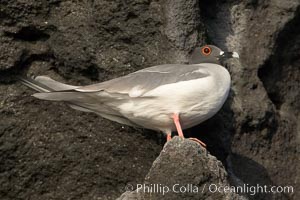
Swallow-tailed gull.
Species: Swallowtail gull, Creagrus furcata
Location: Wolf Island, Galapagos Islands, Ecuador
Image ID: 16593
Species: Swallowtail gull, Creagrus furcata
Location: Wolf Island, Galapagos Islands, Ecuador
Image ID: 16593
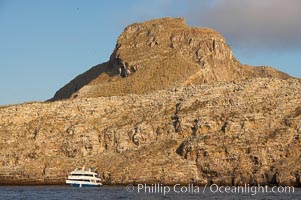
Wolf Island, with a liveaboard tour boat below sheer seacliffs, is the largest of the islands in the distant northern island group of the Galapagos archipelago, is home to hundreds of thousands of seabirds. Vast schools of sharks and fish inhabit the waters surrounding Wolf Island.
Location: Wolf Island, Galapagos Islands, Ecuador
Image ID: 16629
Location: Wolf Island, Galapagos Islands, Ecuador
Image ID: 16629
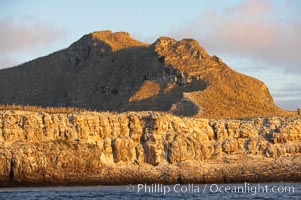
Wolf Island is the largest of the islands in the distant northern island group of the Galapagos archipelago, is home to hundreds of thousands of seabirds. Vast schools of sharks and fish inhabit the waters surrounding Wolf Island.
Location: Wolf Island, Galapagos Islands, Ecuador
Image ID: 16630
Location: Wolf Island, Galapagos Islands, Ecuador
Image ID: 16630

Brown pelican, waves, rocks and cliffs, sunset.
Species: Brown pelican, Pelecanus occidentalis
Location: Wolf Island, Galapagos Islands, Ecuador
Image ID: 16689
Species: Brown pelican, Pelecanus occidentalis
Location: Wolf Island, Galapagos Islands, Ecuador
Image ID: 16689
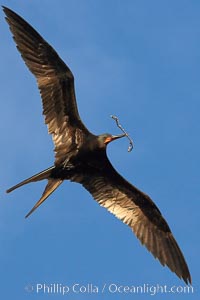
Great frigatebird, adult male, in flight, carrying twig for nest building, green iridescence of scapular feathers identifying species. Wolf Island.
Species: Great frigatebird, Fregata minor
Location: Wolf Island, Galapagos Islands, Ecuador
Image ID: 16708
Species: Great frigatebird, Fregata minor
Location: Wolf Island, Galapagos Islands, Ecuador
Image ID: 16708
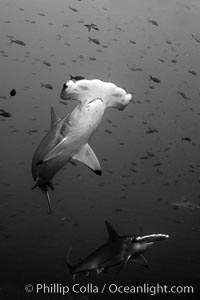
Scalloped hammerhead shark, black and white / grainy.
Species: Scalloped hammerhead shark, Sphyrna lewini
Location: Wolf Island, Galapagos Islands, Ecuador
Image ID: 16252
Species: Scalloped hammerhead shark, Sphyrna lewini
Location: Wolf Island, Galapagos Islands, Ecuador
Image ID: 16252
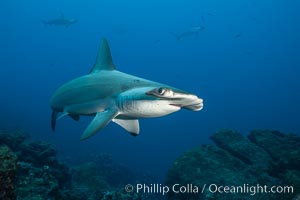
Scalloped hammerhead shark.
Species: Scalloped hammerhead shark, Sphyrna lewini
Location: Wolf Island, Galapagos Islands, Ecuador
Image ID: 16263
Species: Scalloped hammerhead shark, Sphyrna lewini
Location: Wolf Island, Galapagos Islands, Ecuador
Image ID: 16263
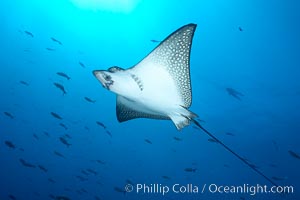
Spotted eagle ray.
Species: Spotted eagle ray, Aetobatus narinari
Location: Wolf Island, Galapagos Islands, Ecuador
Image ID: 16329
Species: Spotted eagle ray, Aetobatus narinari
Location: Wolf Island, Galapagos Islands, Ecuador
Image ID: 16329
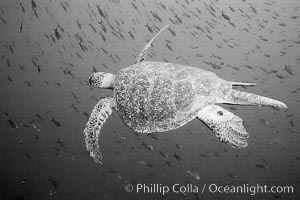
Sea Turtle, underwater, black and white.
Location: Wolf Island, Galapagos Islands, Ecuador
Image ID: 16382
Location: Wolf Island, Galapagos Islands, Ecuador
Image ID: 16382
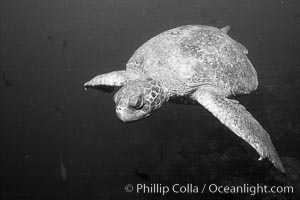
Sea Turtle, underwater, black and white.
Location: Wolf Island, Galapagos Islands, Ecuador
Image ID: 16383
Location: Wolf Island, Galapagos Islands, Ecuador
Image ID: 16383